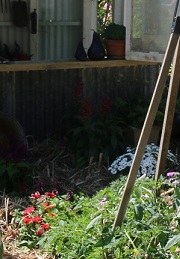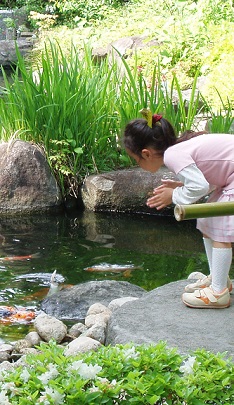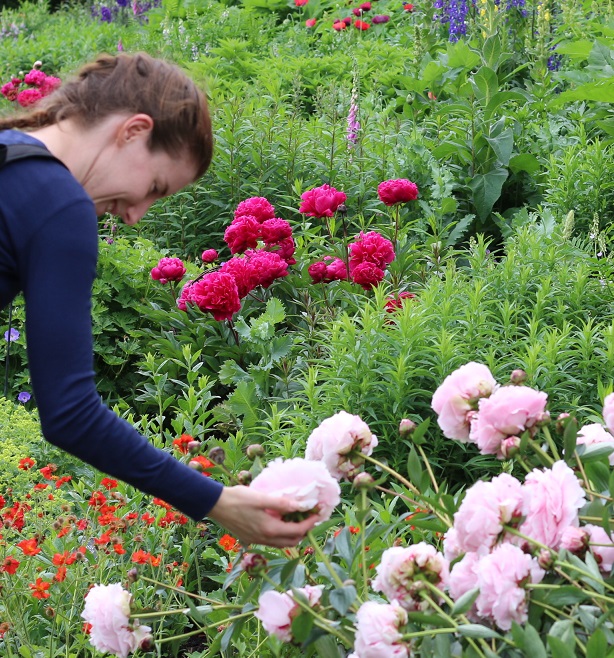Reduce Human Impact on the Environment
This is a great course for those who are wanting to live off the grid and use their land, whether it is a large or small site, sustainably.
Did you realize
- Good landscaping of an urban area can reduce temperatures in hot weather by up to 6 degrees celsius.
- Appropriate planting can dramatically reduce flooding, erosion and even fire risk
- Plants and microorganisms contribute more to reducing carbon pollution and chemical toxins than anything else.
When you understand the environment and environmental problems; and have knowledge of appropriate technologies, there are good solutions to be found to most of the environmental problems that plague our modern world.
Course Content and Structure
Core Modules
These modules provide foundation knowledge for the Certificate in Environmental Sustainability.
Elective Modules
In addition to the core modules, students study any 3 of the following modules.
- Climate Science
- Mud Brick Construction ASS103
- Vegetable Production BHT222
- Healthy Buildings I (Building Construction & Health) BSS200
- Biophilic Landscaping
- Green Walls and Roofs
- Sustainable Agriculture BAG215
- Healthy Buildings II (Building Environment & Health) BSS300
- Water Conservation And Management BEN302
- Introduction to Ecology BEN101
Course Duration - 620 hours of self paced study
Learn How to Create a More Sustainable Environment
We all understand that we need plants to sustain life; but most of us don't really fully understand why or how.
 This course will help you to deepen your understanding of how and why plants can contribute to a more sustainable society. Sustainability is more than just plants of course, but you may be surprised how plants can contribute to your sustainability, beyond just being a source of food; for example:
This course will help you to deepen your understanding of how and why plants can contribute to a more sustainable society. Sustainability is more than just plants of course, but you may be surprised how plants can contribute to your sustainability, beyond just being a source of food; for example:
Plants can improve air quality. Plants use carbon dioxide from the air during photosynthesis to create their food stores. In doing so, they release oxygen which, of course, we need for respiration. At night, they don’t photosynthesise but they do release carbon dioxide from respiration. At one time hospitals stopped using plants because it was considered that they depleted oxygen at night which could affect the health of patients. However, they only release tiny amounts of carbon dioxide and use up tiny amounts of oxygen during respiration and over a twenty four hour cycle they release more oxygen than carbon dioxide. Therefore, they are not detrimental to health from this perspective.
Plants are also known help to help filter harmful toxins from air both indoors (e.g. fumes from cooking, and chemicals released from paints, glues and other materials) and outdoors (e.g. carbon monoxide from car fumes, gases released by industry). These are absorbed into leaf pores, or stomata, along with carbon dioxide during photosynthesis. They also trap larger air-borne particles of dust in their leaf hairs to prevent them from entering their pores. This dust is often referred to as particulate matter and is linked to all sorts of respiratory diseases. In this way, plants act as natural air filters. Trees in urban environments are very useful in this regard.
Asthma
The presence of plants around buildings could be beneficial to asthma sufferers in that they can remove some toxins and other irritants from the air. However, asthma is caused by things that act as irritants and among them is pollen which comes from plants. For those asthma sufferers whose symptoms are triggered by pollen, which is a fairly common irritant among allergy and asthma sufferers, they may wish to choose plants which produce little or no pollen. In some plant species male flowers and female flowers are produced on separate plants. These are known as dioecious plants. They could look for female, or gynoecious, plants which don’t bear pollen. Examples include holly, bay trees, date palms, poplars and junipers.
Sleep
The mere presence of plants has a calming effect which helps to lower anxiety symptoms and stress levels. This in itself is likely to help people to get to sleep more easily and perhaps to enjoy better quality sleep when they have plants in and around their environment. As mentioned previously, we can rule out their impact on oxygen levels.
Some plants are also known to have value aiding sleep when used as medicinal herbs. For example, lavender is associated with promoting drowsiness and restful sleep and so it is often found in pillows and pouches and used in aromatherapy. Lavender is also a common ingredient in bath soaps and salts for its calmative effects too. Similarly, sachets of hops may also be placed inside pillow covers to assist with sleep. A tonic made from hops is also believed to have a sedative effect easing symptoms of anxiety and nervous arousal and inducing sleep. Extracts of valerian are used as a natural sedative to promote sleep for those who have difficulties sleeping. Incorporating plants like these into green walls at hospitals or around bedrooms may have beneficial effects for problem sleepers.

How this Course Can Help You
Environmental toxins, food security, resource conservation and even climate change are all far more manageable than what most people realize. All you need is a heightened awareness of both the problems and the possible solutions -and that is exactly what this course gives you.
This course can benefit both individuals and professionals
- Learn to improve your own environment, at home or work
- Help others as a consultant, teacher, manager or responsible citizen
- Work as a consultant in urban or rural sustainability
- Help supplement your income by selling fresh produce
- Help reduce your environmental footprint
- Learn how to reduce energy consumption
- Move towards living off the grid